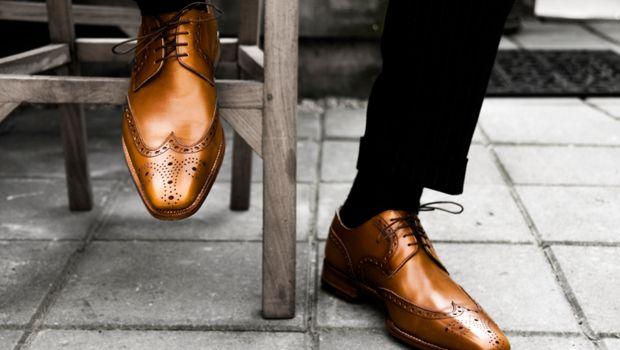
Choosing the Right Men's Working Boots
Several types of men's working boots are available in the market today. However, first, you must know your needs before you can pick the right pair for you. Of course, it's also important to know the four other basic criteria that you can use through the process.
Toe Safety
Protection of workers' toes is one of the reasons men's working boots are created. Three kinds of protective toes today - steel, composite and aluminum. What you choose must depend on your working environment and your needs.
Steel is the heaviest and also the most popular type. Similar details of this are explained at http://www.ehow.com/how_2063770_pick-work-boots.html. Although your feet do not really touch the steel, these boos are able to conduct temperature more effectively than other options.
Much lighter alternatives are aluminum toes which, despite the difference in weight, still pass ANSI/ASTM standards of safety. Interestingly, they are thicker than their steel counterparts.
Composite toes are usually made of carbon fiber, para-aramid synthetic fiber or plastic. They are lighter than steel toes, but are the thickest of all three types of toe-safe footwear. Composite toes, which are also ANSI/ASTM-compliant, have no ability to conduct temperature since they are non-metallic, but they make a good choice for people working in conditions that must stay metal-fre.
Soles
Various materials are used to make outsoles which are durable and protective, as well as resistant to slips. Some industries require particular types of materials, but you can make a more informed choice if you are aware of the options you have.
Rubber outsole is the general term referring to the bottom of all boots, but you need to understand their materials and functions to know their differences. Outsoles are commonly made of rubber, making them slip, oil and abrasion-resistant - very important for manufacturing or construction workers.
TPU (thermo poly urethane) outsoles, are tough and durable, and also oil, abrasion and chemical-proof. They are also made to resist splitting and are lighter than rubber outsoles.
Boots' midsoles are made to spread weight and provide foot stability. You can read review about it in our site for additional references. An ethylene vinyl acetate or EVA midsole is a light, elastic and foam-like material which provides cushioning with each footstep.
Construction
Many footwear brands these days are constantly looking for new ways to improve their products' durability and comfort for the wearer. One common construction style is cement construction, in which the sole of the boot is directly cemented to the upper. This construction style is lightweight as well as flexible, but it has the tendency to de-laminate with time, and the cement-constructed boots are not re-soleable.
The Fit
Certainly, when everything has been said and done, it all boils down to the fit. Your feet should not be rubbed red, squeezed, blistered, nor abraded. Fortunately, majority of footwear makers nowadays have a wide range of sizes available. Should you need more information, try to read review in our site.

